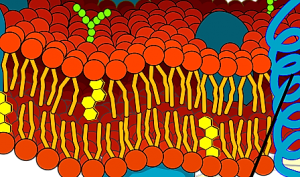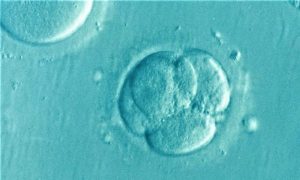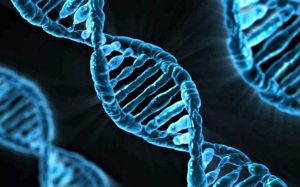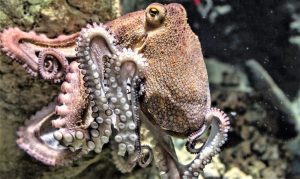Plasma membrane
The plasma membrane, also called cell membrane, is a layer composed of proteins, phospholipids and glycolipids that covers and envelops the cells, providing protection and keeping them separate from the environment. It is a protective barrier between the cell and its external environment, because it works as an entry and exit mechanism for molecules through it. With its selective permeability, it is able to determine which substances must enter the cell in order to make it function properly. To maintain and preserve life, there are a series of chemical reactions that are necessary to maintain it and the cell, for this reason, needs an internal medium that is appropriate to perform this function, and for this, there is the plasma membrane.

Also known as
Cell membrane, plasmalemma
What is plasma membrane?
The plasma membrane, or cell membrane, is a layer that has a selective permeability mechanism that functions as a protective barrier for the cell with the external environment that surrounds it and thus allows the entry and exit of molecules inside the cell, helping to maintain a correct intracellular and extracellular balance.
Plasma membrane characteristics
The plasma membrane measures between 6 and 10 manometers, which means that it is very thin. It is made up of three layers, two internal and two external lines, and in the middle of these there is a thinner layer called the fluid mosaic model. Its main feature is selective permeability, which allows the membrane to decide which molecules enter which should leave the cell. It is consistent, which allows it to shape cells by supporting them. It regulates cell growth by balancing endocytosis and exocytosis processes.
Components
Among plasma membrane’s main components are lipids (including both phospholipids and cholesterol), proteins and carbohydrates. The phospholipids form the basic plasma membrane structure. There are two important categories of membrane proteins: integral and peripheral. Integral proteins are within the membrane and peripheral proteins are located outside the cell and are bound to phospholipids. The third component is carbohydrates that are located on the outer surface of the cell and together with proteins, form a mechanism to identify molecules, an important part of our immune system because they allow us to identify a difference between cells that must be attacked and those that do not.
Plasma membrane structure
Its structure is based on two sheets composed of glycolipids, phospholipids and proteins that surround the cell, give it shape and help it maintain a proper balance between intracellular and extracellular medium of the cell. Observed under an electron microscope, two dark bilateral layers can be seen and a lighter one located in the center.
Plasma membrane function
Its most important function is to keep the cell’s internal medium separated from the phospholipid layer, in besides being a means of transport, being a selective barrier that allows the cell to differentiate itself from the surrounding medium. It allows the cell to divide into organelles and therefore, manages to protect chemical reactions that occur in each of them. It creates a permeable barrier through which only substances that are really necessary enter or leave. It functions as a means of transport carrying substances from one place to another within the membrane. It measures all interactions between internal and external cells.
As the membrane is the cell boundary, functions as a means of protection, being a barrier that differs between harmful substances and pathogenic organisms that enter the body. Likewise, the membrane is responsible for the relationship and communication with other cells, as it contains receptors (mainly proteins) that recognize signals from certain molecules and are responsible for transmitting the information to the cytoplasm so that it reaches the nucleus. Finally, the plasma membrane is in charge of giving shape to the cell by means of the components it possesses in the extracellular matrix.
Plasma membrane properties
It has an important property of selectivity, which allows it to expel from the cell waste resulting from metabolism, helps incorporate nutrients and also exchanges ions necessary to maintain the functions of cells such as muscle contraction, release of hormones and neurotransmitters. Another property of the membrane is its fluidity, which depends on the unsaturated fatty acids found in the molecules, when these acids are fatty, the membrane will have greater fluidity. The plasma membrane is permeable to hydrophobic substances and is impermeable to ions or substances of increased size such as carbohydrates and amino acids. For this reason, it can also be said that it is semi-permeable since it allows the preferential flow of some substances located outside it.
How to cite this article?
Briceño V., Gabriela. (2019). Plasma membrane. Recovered on 24 February, 2024, de Euston96: https://www.euston96.com/en/plasma-membrane/









